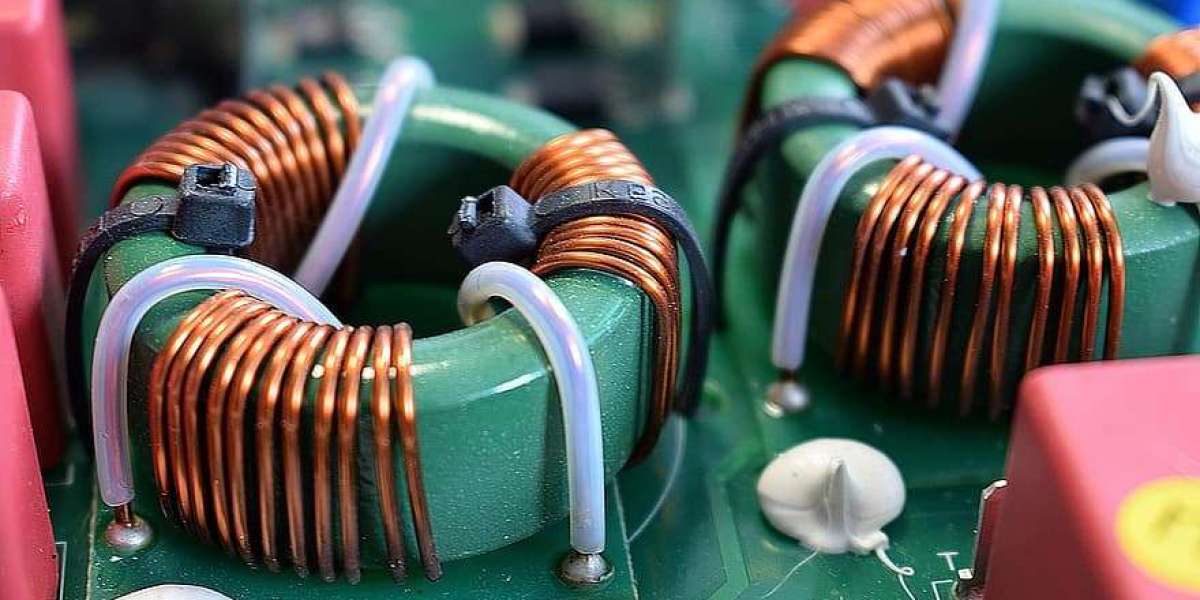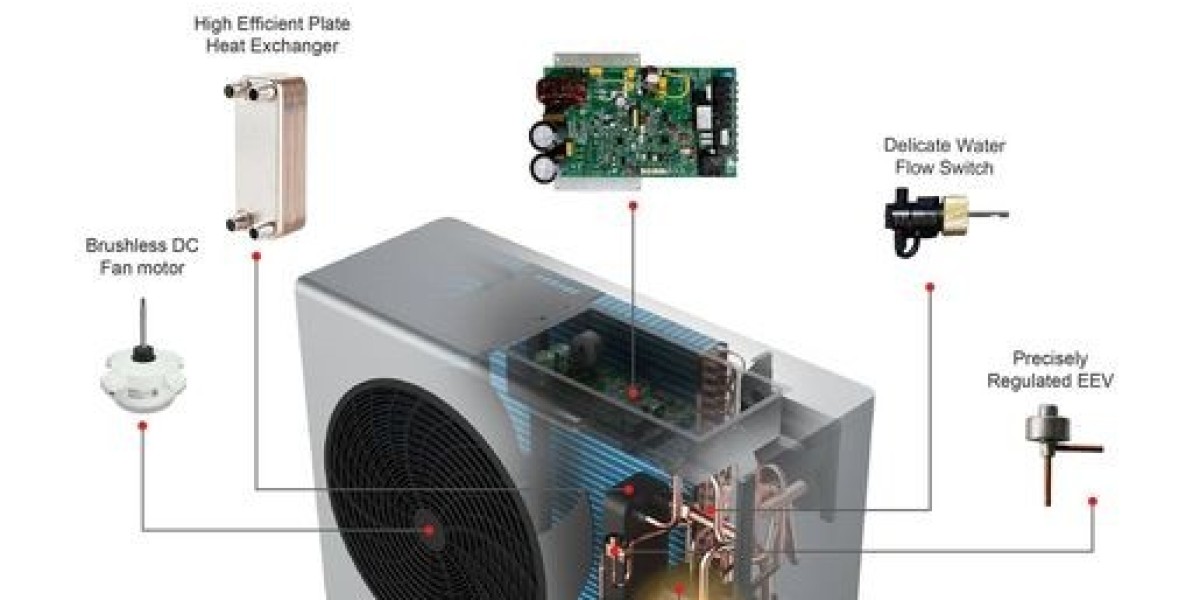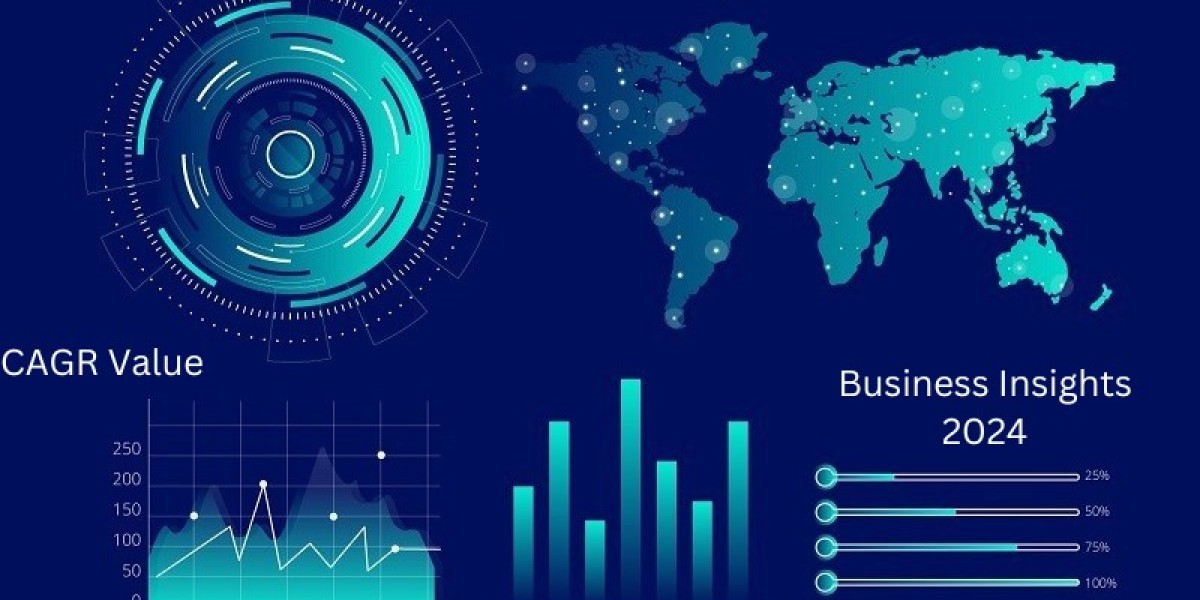In 2022, the size of the Global Passive Components Market reached US$ 15.8 billion, with a projected sales growth at a Compound Annual Growth Rate (CAGR) of 4.8% from 2023 to 2033. According to the study, market demand is anticipated to exceed US$ 25.3 billion by the conclusion of 2033.
Market Overview:
The Passive Components Market is witnessing robust growth, driven by the escalating demand for electronic devices across various industries. Passive components, including resistors, capacitors, and inductors, form the foundational elements of electronic circuits, playing a pivotal role in facilitating the flow of electrical signals. As the electronics industry continues to thrive with innovations in consumer electronics, automotive technology, and telecommunications, the market for passive components experiences a surge, shaping the landscape of electronic manufacturing.
Market Growth Factors:
Several key factors contribute to the growth of the Passive Components Market. One primary factor is the ever-expanding consumer electronics sector. The proliferation of smartphones, tablets, wearables, and smart home devices drives the demand for passive components, essential in the assembly of electronic circuits. This surge in consumer electronics, coupled with the trend towards miniaturization, presents manufacturers with opportunities to innovate and meet the evolving needs of electronic devices.
Furthermore, the automotive industry's evolution towards electric and hybrid vehicles is a significant growth factor. Passive components are integral in electric vehicle (EV) technologies, power management systems, and advanced driver-assistance systems (ADAS). As the automotive sector embraces electrification and smart technologies, the demand for high-performance passive components rises, creating a substantial market opportunity for manufacturers.
Technological advancements in the telecommunications sector also contribute to market growth. The deployment of 5G networks, expansion of wireless communication infrastructure, and the development of Internet of Things (IoT) devices necessitate advanced passive components. As the world becomes increasingly connected, the demand for reliable and efficient passive components to support these communication systems propels market expansion.
Passive Components Market Report: Exploring Opportunities
The Passive Components Market is ripe with opportunities, presenting a dynamic landscape shaped by various factors that promise avenues for growth and innovation. One significant opportunity lies in the burgeoning demand for miniaturization in electronic devices. As technology advances, the drive towards smaller, more compact electronic components is accelerating. This trend opens doors for manufacturers in the Passive Components Market to innovate and provide solutions that meet the specific size and performance requirements of modern electronic devices, catering to the evolving needs of industries like consumer electronics and IoT.
The increasing emphasis on electric and hybrid vehicles within the automotive sector represents a noteworthy opportunity for the market. With the global automotive industry undergoing a transformation towards electrification, the demand for high-performance passive components for electric vehicle systems is on the rise. Manufacturers have the chance to capitalize on this shift by developing components that enhance the efficiency and reliability of electric vehicles, contributing to the evolution of smart and sustainable transportation solutions.
Furthermore, the expansion of 5G networks and the broader development of telecommunications infrastructure offer substantial opportunities for growth. The implementation of advanced communication technologies requires high-frequency and high-speed passive components. Manufacturers can seize this opportunity by developing components that meet the stringent requirements of 5G networks, ensuring seamless connectivity and supporting the proliferation of IoT devices.
The ongoing technological evolution in the healthcare sector also presents a unique opportunity for the Passive Components Market. As medical devices become more sophisticated, the demand for specialized passive components that ensure precision and reliability increases. Manufacturers can explore opportunities to collaborate with the healthcare industry, providing components that contribute to the advancement of diagnostic and therapeutic technologies.
Global Industry Analysis, Size, Share, Growth, Trends, and Forecast 2023-2032 – By Product Type, Application, End-user, Region: (North America, Europe, Asia Pacific, Latin America and Middle East and Africa): https://www.persistencemarketresearch.com/market-research/passive-components-market.asp
Market Trends:
Moreover, there is a noticeable trend towards the development of miniaturized passive components. With the continuous evolution of electronic devices towards smaller and more compact designs, manufacturers are focusing on creating components that meet the specific size constraints without compromising performance. This trend caters to the demand for sleek and efficient electronic devices across various industries, particularly in consumer electronics and wearable technology.
Market Challenges:
Despite the positive trends, the Passive Components Market faces its set of challenges. One significant challenge is the volatility in raw material prices. The production of passive components relies on materials such as ceramics, metals, and plastics, and fluctuations in the prices of these raw materials can impact manufacturing costs. Manufacturers must navigate this challenge by implementing strategic sourcing and cost management strategies to maintain competitiveness.
Another challenge stems from the increasing complexity of electronic devices. As devices become more sophisticated, the demand for specialized and high-performance passive components rises. Manufacturers face the challenge of keeping pace with the evolving requirements of electronic applications, necessitating continuous research and development efforts to produce components that meet the intricate needs of modern electronics.
Latest Developments:
Recent developments in the Passive Components Market include breakthroughs in material science and manufacturing processes. Innovations in materials, such as the use of advanced ceramics and nanomaterials, contribute to the development of passive components with improved performance characteristics. Additionally, advancements in manufacturing techniques, including 3D printing, enable the production of complex and customized passive components, offering flexibility and efficiency in the manufacturing process.
Moreover, there is a notable trend towards sustainability in passive component manufacturing. Manufacturers are exploring eco-friendly materials and production methods, responding to the increasing emphasis on environmental consciousness. This development aligns with the broader industry trend towards sustainable practices, offering opportunities for market players to differentiate their products and meet the growing demand for environmentally friendly solutions.
Key players:
- KEMET Corp.
- KYOCERA AVX Components Corp
- Murata Manufacturing Co. Ltd.
- NICHICON Corp
- Nippon Chemi Con Corp
- Panasonic Corp
- Ryosan Co
- Samsung Electro Mechanics Co. Ltd
- TAIYO YUDEN CO. LTD.
- Yageo Corp
For More Related Reports Click Here :
Traction Transformer Market Growth Trends, 2023-2030
Intelligent Motor Controllers Market Growth Statistics, 2023-2030
About Persistence Market Research:
Business intelligence is the foundation of every business model employed by Persistence Market Research. Multi-dimensional sources are being put to work, which include big data, customer experience analytics, and real-time data collection. Thus, working on “micros” by Persistence Market Research helps companies overcome their “macro” business challenges.
Persistence Market Research is always way ahead of its time. In other words, it tables market solutions by stepping into the companies’/clients’ shoes much before they themselves have a sneak pick into the market. The pro-active approach followed by experts at Persistence Market Research helps companies/clients lay their hands on techno-commercial insights beforehand, so that the subsequent course of action could be simplified on their part.
Contact
Persistence Market Research
Teerth Technospace, Unit B-704
Survey Number - 103, Baner
Mumbai Bangalore Highway
Pune 411045 India
Email: sales@persistencemarketresearch.com
Web: https://www.persistencemarketresearch.com








